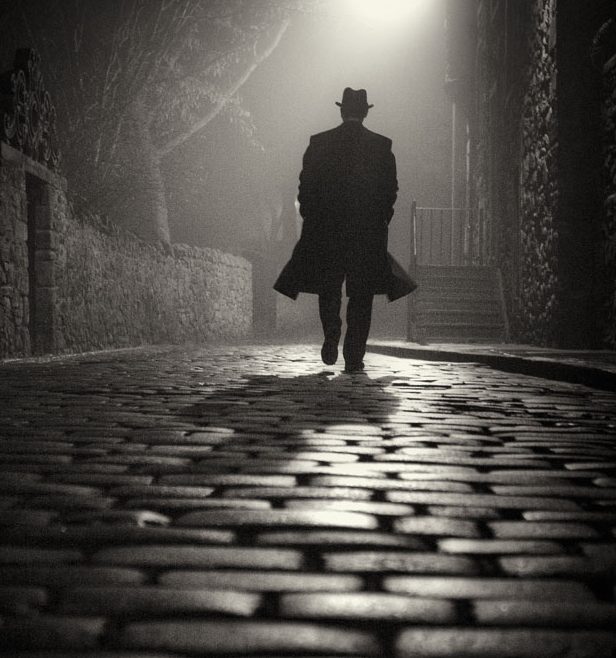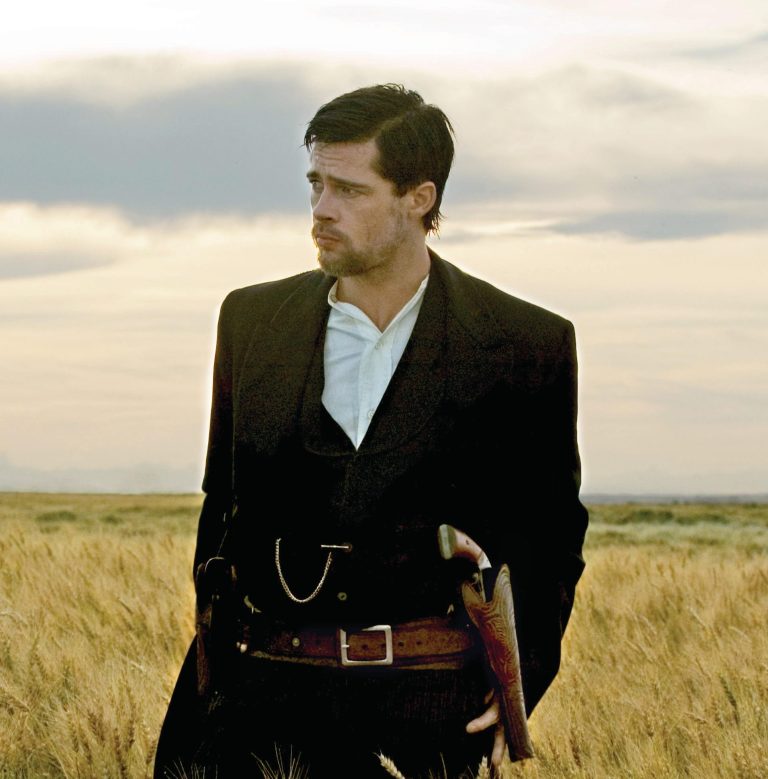Masterful Narrative Scenes Part 2
Narrative scenes are ones in which the story is being told, not shown. Last week we looked at a passage from Lisa Gardner’s thriller Right Behind You, which gave us an excellent example of a POV character narrating a tale.
This is a common technique in the mystery/suspense genre, and especially in the opening scene, which sometimes is in omniscient POV.
While writers are admonished to “show, don’t tell,” there are times when it’s masterful and the best method to instead narrate the information needed to get across to readers.
When artfully done, narrative scenes can be as riveting as cinematic scenes that play out as if watching a movie.
I grabbed some mysteries off some library shelves to show samples of this technique. See what you think about this approach.
Here’s some opening paragraphs from the first chapter of Mary Higgins Clark’s On the Street Where You Live:
He turned onto the boardwalk and felt the full impact of the stinging blast from the ocean. Observing the shifting clouds, he decided it wouldn’t be surprising if they had a snow flurry later on, even though tomorrow was the first day of spring. It had been a long winter, and everyone said how much they were looking forward to the warm weather ahead. He wasn’t.
He enjoyed Spring Lake best once late autumn set in. By then the summer people had closed their houses, not appearing even for weekends. . . .
All of these people shared so much—the summer visitor, the permanent dwellers—but none of them shared his secrets. He could stroll down Hayes Avenue and visualize Madeline Shapley as she had been in the late afternoon on September 7, 1891, seated on the wicker sofa on the wraparound porch of her home, her wide-brimmed bonnet beside her. She had been nineteen years old then, brown-eyed, with dark brown hair, sedately beautiful in her starched white linen dress.
Only he knew why she had had to die an hour later.
St. Hilda Avenue, shaded with heavy oaks that had been mere saplings on Auguest 5,1893, when eighteen-year-old Letitia Gregg had failed to return home, brought other visions. She had been so frightened. Unlike Madeline, who had fought for her life, Letitia had begged for mercy.
The last one of the trio had been Ellen Swain, small and quiet, but far too inquisitive, far too anxious to document the last hours of Letitia’s life.
And because of her curiosity, on March 31, 1896, she had followed her friend to the grave.
He knew every detail, every nuance of what had happened to her and to the others.
He had found the diary during one of those cold, rainy spells that sometimes occur in summer. Bored, he’d wandered into the old carriage house, which served as a garage. . . . [more details about finding and reading the diary follows]
What began as a fascination gradually grew to an absolute obsession, a need to relive the diary writer’s journey of death on his own. Vicarious sharing was no longer enough.
Four and a half years ago he had taken the first life.
Clark, in her best-selling fashion, sets up her premise in this opening scene, acquainting the reader with the killer for her story. As with most novels, the chapter to follow goes right into the present action and dialogue, getting “the ball rolling,” so to speak after this setup.
James Henry’s novel First Frost begins with a prologue:
He followed them up the escalator to the third floor—children’s clothes and lingerie. The woman was in no hurry. He was, but he knew he had to be careful. He’d spotted a security guard on the ground floor. Couldn’t see one on this floor, yet.
Saturday afternoon and the place was heaving—perfect. Perhaps he was in luck.
He thought there should have been a guard on every floor, big place like this. This was no way to run a department store, recession or not. If only things had been as slack when he was a player. Then he wouldn’t be in this mess. He’d be living the high life, a big happy family in tow. El Dorado. That’s how it should have been.
They were looking at school uniforms. Short, grey pleated skirts. Navy sweaters. Crisp white shirts, bearing the logo of St Mary’s College for Girls. So that was where his girl went.
He pretended to be browsing through the duffel coats, aware he was the only man on the floor. He played with a toggle, wondering what it would be like to fasten a child into such a garment, snug as a rug. To give her a kiss and a cuddle, hold her tight. He’d missed a lot. But it wasn’t too late. He was still young and fit. . . .
She had picked out a skirt and was holding it against her waist. Not out here, my angel, he thought. Surely her mother had to say something, get her into a changing room. This wasn’t right. Who knew who could be watching? He couldn’t stand it. He shuffled further behind the rack of coats, breathing heavily. His head was throbbing. It was all going wrong already. . . .
He hung back for a couple of minutes; then, with his heart thumping wildly and his right hand clasping the still-damp handkerchief in his jacket pocket, he walked quickly across the floor and slipped behind the partially drawn curtains leading to the cubicles.
Surprise was going to be his best weapon. Plus a bit of luck. It was about time things went his way; he’d already paid a heavy price.
Henry has this prologue in italics, which is commonly done, though, since large sections of italics can be tiresome to read, it’s not necessary to format that way.
We get a great feel for his character with that deep POV. In last week’s example from Right Behind You, we saw the opening written in first person. Narrative scenes can be done in either (and the third person can be individual character or omniscient). The idea is to have the narrative relaying the story, without dialogue or direct thoughts (though, one could say that in first person every line is a direct thought).
Scandinavian crime author Camilla Grebe opens her book with a few pages of a narrative scene. It’s not titled a chapter or prologue. Jerry Jenkins, best-selling author of more than twenty NYT #1 best sellers, says that readers will often skip a prologue, thinking it is a foreword and therefore unrelated to the novel. Because of that, he feels it’s wise to leave an opening passage like this untitled, then follow with chapter 1.
I’ve never done this with my novels since my prologues (about half my novels have them) are lengthy scenes and would seem—to me—odd to be unlabeled. But for short bits, I think it’s a great idea. This opening from Some Kind of Peace is two and a half pages. Here is part of it:
[The building] seems so idyllic.
But something is out of place.
In the neatly raked gravel parking area is a dazzlingly clean black Jeep. The paint of the Jeep reflects a clematis with large pure white blossoms climbing up a knotted old apple tree. Someone is lying under the low trunk and crooked branches of the tree.
A young woman. a girl.
She is curled up in the grass like a bird, her red hair covered by a thin film of dew. Her slender, pale arms are thrown out along her sides, her palms turned upward in a gesture of resignation. The blood that has seeped from her body is congealed in reddish-brown patches on her jeans and in the grass. Her open eyes seem to be inspecting the crown of the apple tree.
Up there, in the branches, there are small green apples. There are many. The tree will bear plenty of fruit in just a few months. Above the apple tree the swifts and gulls fly unaffected—what do they care about a dead human child? . . .
In a little while, the inhabitants of the house will wake up and look for the girl. When they don’t find her, they will search for her in the garden, where they will see her in the grass under the tree, her eyes gazing toward the sky.
They will shake her as if trying to wake her from a deep sleep, and when that doesn’t work, one of them will slap her hard across the cheek, staining her face red with her own uncoagulated blood on his hand.
They will take her in their arms and slowly rock her back and forth. One of them will whisper something in her ear, while the other one buries his face in her hair.
By using this omniscient voice, Grebe does a masterful job of distancing the reader in an unemotional telling of this scene presented before us. Rather than be in a deep single-character POV and show the emotions that person feels upon discovering the child, which, in another novel could be the better way to play out the scene, we instead get this unfeeling, impersonal camera documenting what is seen through the lens.
Making these choices require thoughtful consideration: which POV, which tense, how much POV depth, what affect you’re going for and why.
Narrative scenes offer diverse options—it’s up to you, the writer, to decide whether they’ll work for your story. They don’t have to be opening scenes either; there are often key places in a novel when such a scene will be the best choice.
So don’t forget to add this technique to your arsenal. And give it a try. Share in the comments your thoughts about this method of scene structure. And if you have some passages from a narrative scene of a novel you love, share that in the comments!
Photo by Laurence Winram












Once again, thank you Susanne for these great examples and explanations. I have shared your post online. All the best to you!